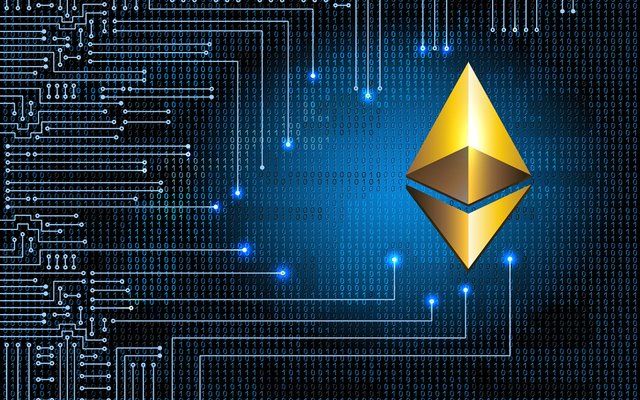Ethereum: Faster, Cheaper, and Ready for Mass Adoption
Ethereum (ETH) is often called the world’s decentralized computer. But for years, running programs on this computer felt like paying premium electricity rates. High transaction fees—or "gas"—and network congestion were the primary friction points pushing users toward alternative chains.
Yet, if you haven’t checked in on the Ethereum ecosystem lately, you might be surprised by how much has changed. The network is undergoing a rapid, multi-stage evolution focused on one critical goal: scaling.

Here is the latest pulse on Ethereum, highlighting the monumental progress achieved in 2024 and the roadmap ahead.
- The Scaling Solution is Here: Layer 2 Networks
The most significant shift in the Ethereum landscape is the unequivocal dominance of Layer 2 (L2) scaling solutions. Networks like Arbitrum, Optimism, zkSync, and Base are not competitors to Ethereum; they are extensions of it. They handle the bulk of transactions off-chain and then bundle them into a single, cost-effective proof submitted back to the main Ethereum blockchain (L1).
This "roll-up" architecture has already drastically reduced user costs and increased throughput. However, to truly unlock mass adoption, L2s needed help with their biggest expense: the cost of publishing data back to L1.
- Breaking Down Barriers: The Dencun Upgrade
In March 2024, Ethereum achieved a major milestone with the Dencun upgrade (specifically, the implementation of EIP-4844, also known as Proto-Danksharding).
This upgrade is crucial because it didn't just tweak existing fees; it introduced an entirely new, cheaper form of temporary data storage called "blobs." Instead of L2s having to purchase expensive permanent block space on L1, they can now attach their bundled transaction data to these temporary, lower-cost blobs.
The effect was immediate and dramatic. Gas fees on major L2 networks plummeted by up to 90%, sometimes costing only a few cents per transaction. Dencun fundamentally changes the cost structure of the entire Ethereum ecosystem, making decentralized applications (dApps), DeFi interactions, and NFT minting finally accessible to global audiences.
- Stability and Security: The Staking Ecosystem
Post-Merge (the transition to Proof-of-Stake), the staking ecosystem remains robust and is growing healthier. Ethereum currently boasts over 32 million ETH staked, securing the network with immense economic value.

While the ecosystem has seen the rise of Liquid Staking Derivatives (LSDs) like Lido and Rocket Pool—allowing users to earn rewards without locking up the full 32 ETH—the core focus remains on decentralization. Developers are actively promoting client diversity and exploring solutions to minimize centralization risks, ensuring the network is secured by a wide array of validators rather than just a few dominant players.
Looking Ahead
Ethereum is no longer a slow, expensive technology reserved for whales. Thanks to Dencun and the maturation of roll-ups, it is now an exponentially faster and cheaper platform ready for its next phase of growth. The roadmap continues with future upgrades focused on further data compression (Verkle Trees) and deeper infrastructure efficiency, solidifying Ethereum’s position as the foundational settlement layer for decentralized finance and the wider web3 economy.
Upvoted! Thank you for supporting witness @jswit.